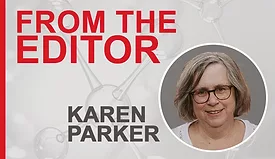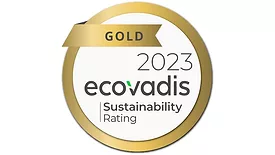Home » Keywords: » polymers
Items Tagged with 'polymers'
ARTICLES
From Plant to Product and Back Again: The Circular Promise of Nuvone
Valerian Materials’ Mike Arbeiter and Marc Hillmyer discuss the company’s biobased monomer that offers a high-performance, recyclable alternative to traditional polymers.
August 22, 2025
Researchers at UC Berkeley Develop Recyclable Adhesives
New recyclable adhesives can be easily adapted for medical, consumer, and industrial applications. Uses include surgical superglue that could be a game-changer for fetal surgeries.
December 18, 2024
Fraunhofer Scientists Develop Adhesives from Feathers
A new process creates specialty chemicals from customized functional keratin proteins derived from chicken feathers.
May 15, 2024
Keep the info flowing with our newsletters!
Get the latest industry updates tailored your way.
JOIN TODAY!Copyright ©2025. All Rights Reserved BNP Media.
Design, CMS, Hosting & Web Development :: ePublishing




.webp?height=168&t=1710891121&width=275)





